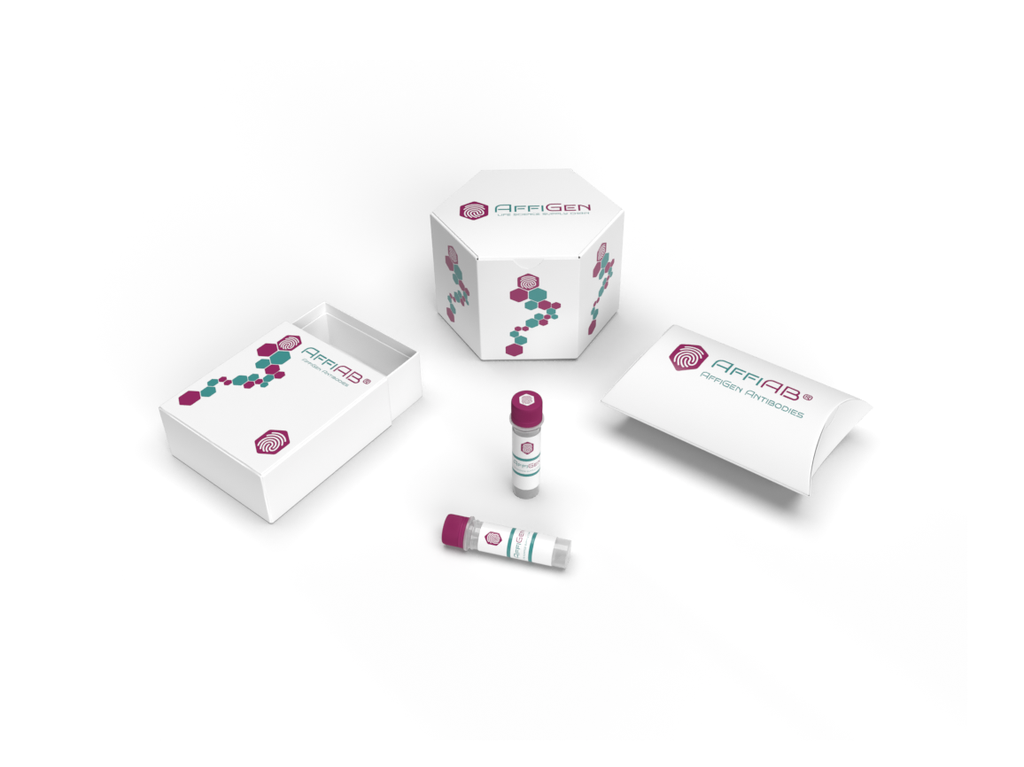AffiAB® Anti-PARP1 Antibody
Involved in the base excision repair (BER) pathway, by catalyzing the poly (ADP-ribosyl) ation of a limited number of acceptor proteins involved in chromatin architecture and in DNA metabolism. This modification follows DNA damages and appears as an obligatory step in a detection/signaling pathway leading to the reparation of DNA strand breaks. Mediates the poly (ADP-ribosyl) ation of APLF and CHFR. Positively regulates the transcription of MTUS1 and negatively regulates the transcription of MTUS2/TIP150. With EEF1A1 and TXK, forms a complex that acts as a T-helper 1 (Th1) cell-specific transcription factor and binds the promoter of IFN-gamma to directly regulate its transcription, and is thus involved importantly in Th1 cytokine production. Required for PARP9 and DTX3L recruitment to DNA damage sites. PARP1-dependent PARP9-DTX3L-mediated ubiquitination promotes the rapid and specific recruitment of 53BP1/TP53BP1, UIMC1/RAP80, and BRCA1 to DNA damage sites.
Antibody type
Rabbit polyclonal Antibody
Uniprot ID
SwissProt: P09874 Human
Recombinant
NO
Conjugation
Non-conjugated
Host
Rabbit
Isotype
IgG
Clone
N/A
KO/KD
N/A
Species reactivity
Human
Tested applications
WB, IF-Cell, FC
Predicted species reactivity
Mouse
Immunogen
Synthetic peptide within PARP1 aa 190-270.
Storage
Store at +4°C after thawing. Aliquot store at -20°C. Avoid repeated freeze / thaw cycles.
Form
Liquid
Storage buffer
1*PBS (pH7.4) , 0.2% BSA, 50% Glycerol. Preservative: 0.05% Sodium Azide.
Concentration
1 mg/mL.
Purity
Immunogen affinity purified.
Signal pathway
Immunology & Inflammation, NF-KB signaling pathway
Recommended dilutions
WB: 1:500; IF-Cell: 1:50-1:100; FC: 1:50-1:100
Molecular Weight
Predicted band size: 113 kDa
Subcellular location
Nucleus, nucleolus, Cytoplasm, cytosol.
Positive control
Daudi, 293, A431, SH-SY5Y, K562.
